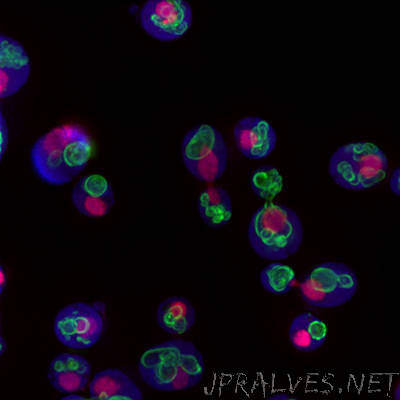
“Donnelly Centre researchers have developed a deep learning algorithm that can track proteins, to help reveal what makes cells healthy and what goes wrong in disease. “We can learn so much by looking at images of cells: how does the protein look under normal conditions and do they look different in cells that carry genetic mutations or when we expose cells to drugs or other chemical reagents? People have tried to manually assess what’s going on with their data but that takes a lot of time,” says Benjamin Grys, a graduate student in molecular genetics and a co-author on the study. Dubbed DeepLoc, the algorithm can recognize patterns in the cell made by proteins better and much faster than the human eye or previous computer vision-based approaches. In the cover story of the latest issue of Molecular Systems Biology, teams led by Professors Brenda Andrews and Charles Boone of the Donnelly Centre and the Department of Molecular Genetics, also describe DeepLoc’s ability to process images from other labs, illustrating its potential for wider use. From self-driving cars to computers that can diagnose cancer, artificial intelligence (AI) is shaping the world in ways that are hard to predict, but for cell biologists, the change could not come soon enough. Thanks to new and fully automated microscopes, scientists can collect reams of data faster than they can analyze it.”
